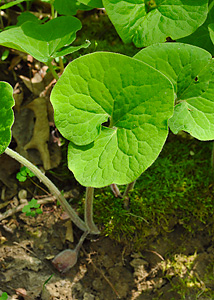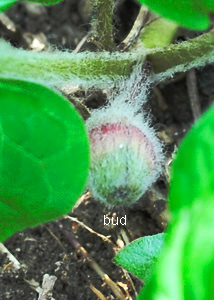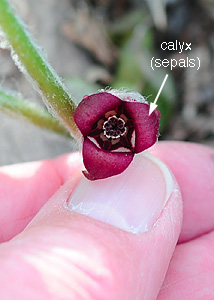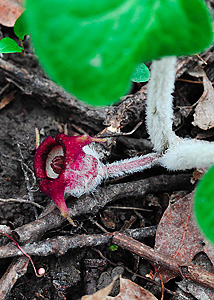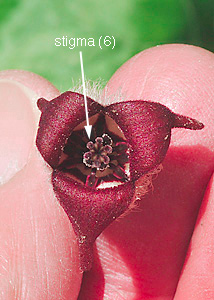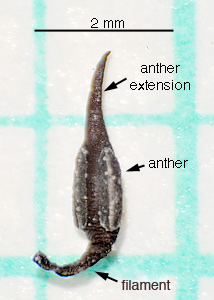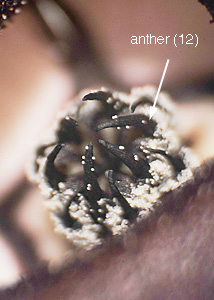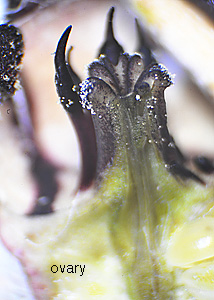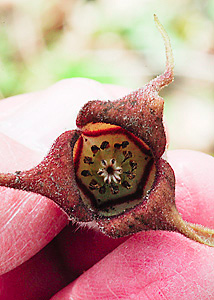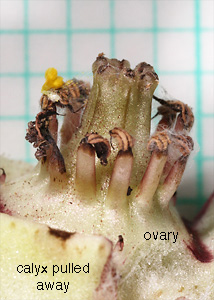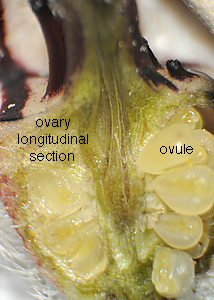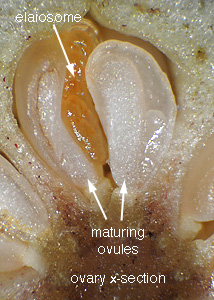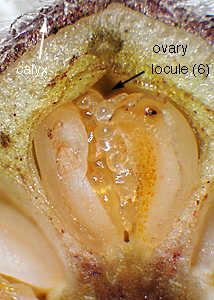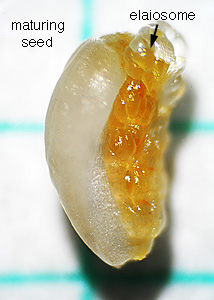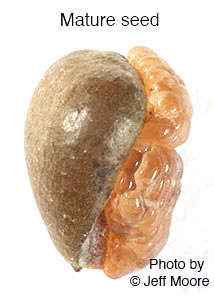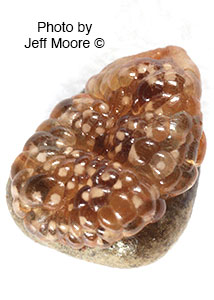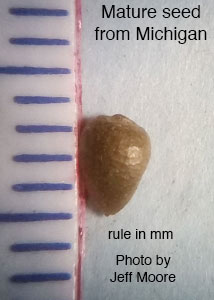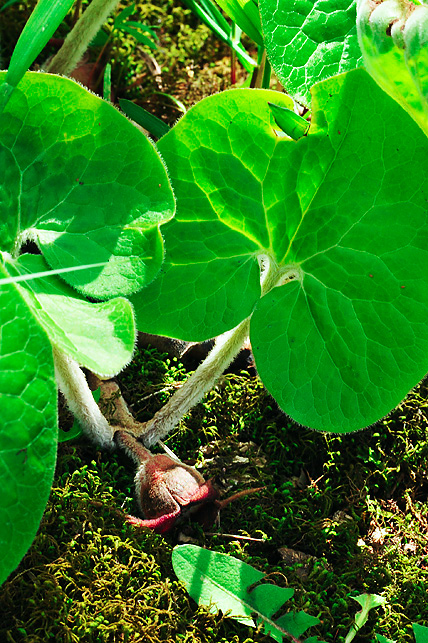
Date: May 6,2011. Location: Sugar Bottom (map)
| Classification Hierarchy | |
| Kingdom | Plantae |
| Subkingdom | Tracheophyta |
| Superdivision | Spermatophyta |
| Division | Magnoliophyta |
| Class | Magnoliopsida |
| Subclass | Magnoliidae |
| Order | Aristolochiales |
| Family | Aristolochiaceae |
| Genus | Asarum |
| Species | Asarum canadense |

Date: May 6,2011. Location: Sugar Bottom (map)
Scientific Name: Asarum canadense (Asarum - derivation obscure. canadense - from Canada)
Common Name: Wild ginger (also called Canadian Snakeroot in some commercial products).
Origin: Native
Notes: Colonies of A. canadense are often found in wooded areas with calcareous soils along ravines and near creek banks. Elaiosome presence on the seeds suggest ants are involved in seed dispersal (myrmecochory). Several plants are called wild ginger because they are similar in appearance, taste or odor to cultivated ginger.
Wild ginger (Asarum canadense) is not the same plant as the cultivated ginger (Zingiber officinale) and there are reports that wild ginger may contain important toxins most importantly, aristolochic acid. (1, 2, 3, 4.) The carcinogen aristolochic acid is characteristically found in members of the Aristolochiaceae family.
Additional references: 1, 2, 3, 4, 5, 6, 7, 8, 9.
Flowers: April; a single redish-brown flower emerges from between two leaf petioles, the calyx is 3-parted and adnate to the 6-locular ovary; the fruit is a many seeded capsule.
Leaves: paired leaves with cordate to reniform blades and whoolly petioles arise from shallow aromatic rhizomes (often forming colonies of plants).
Glossaries of botanical terms: 1, 2, 3, 4, 5, 6, 8.
